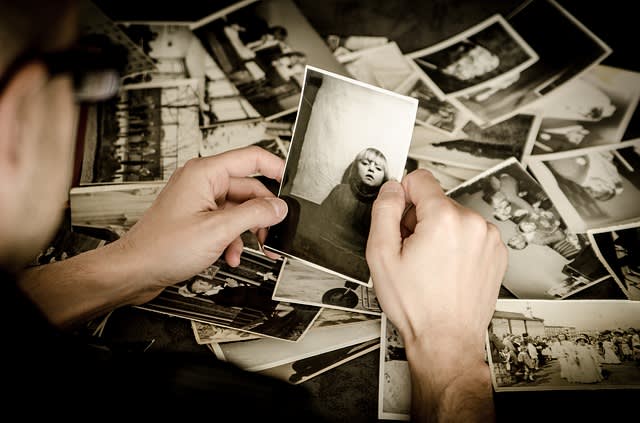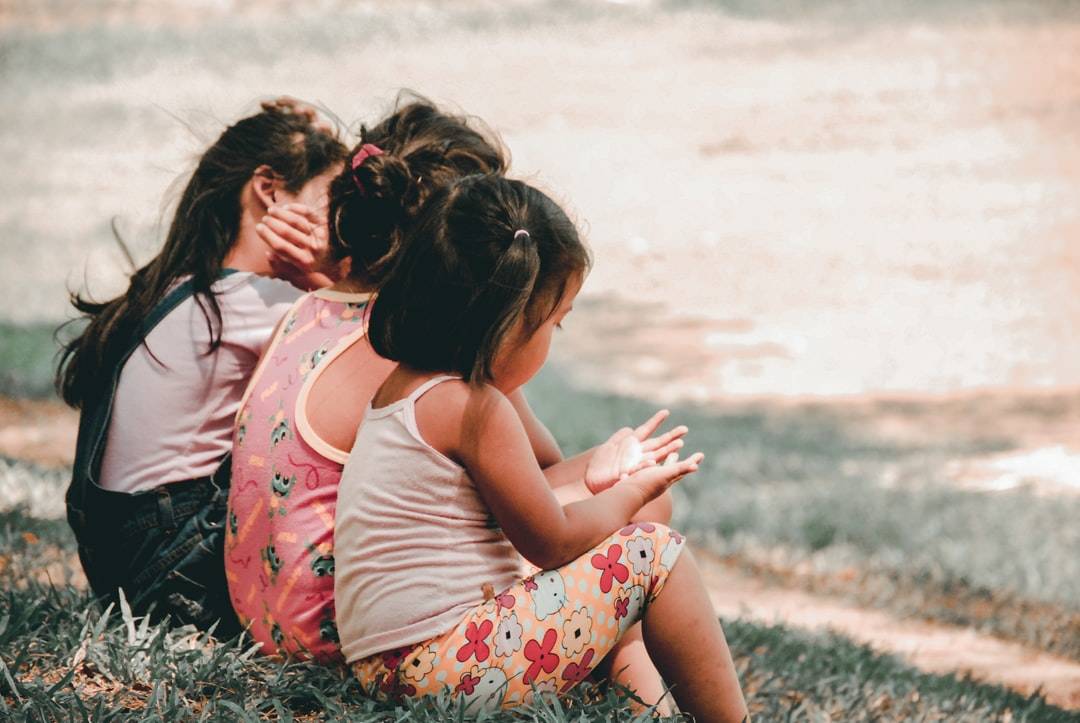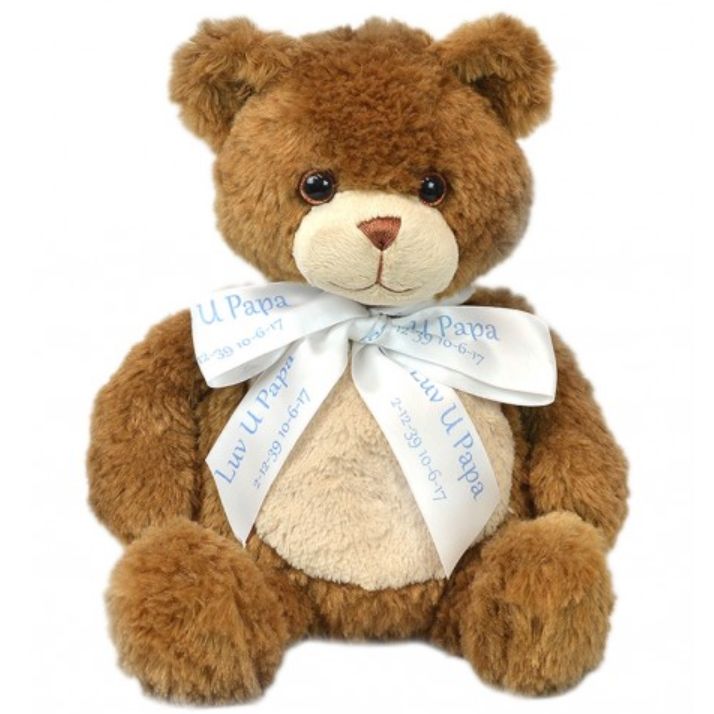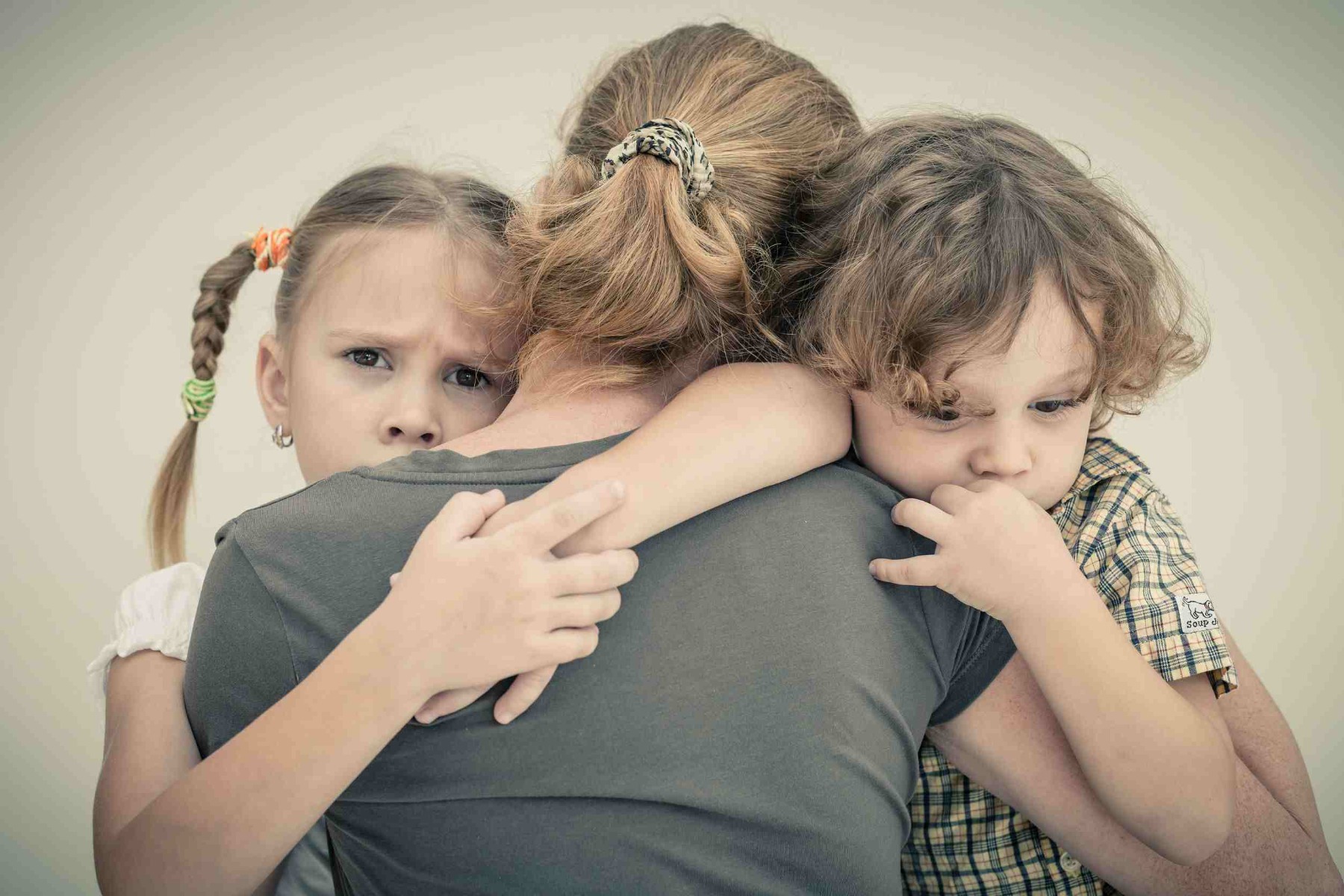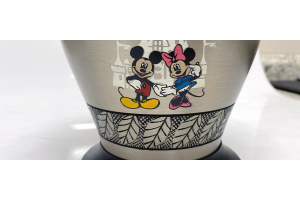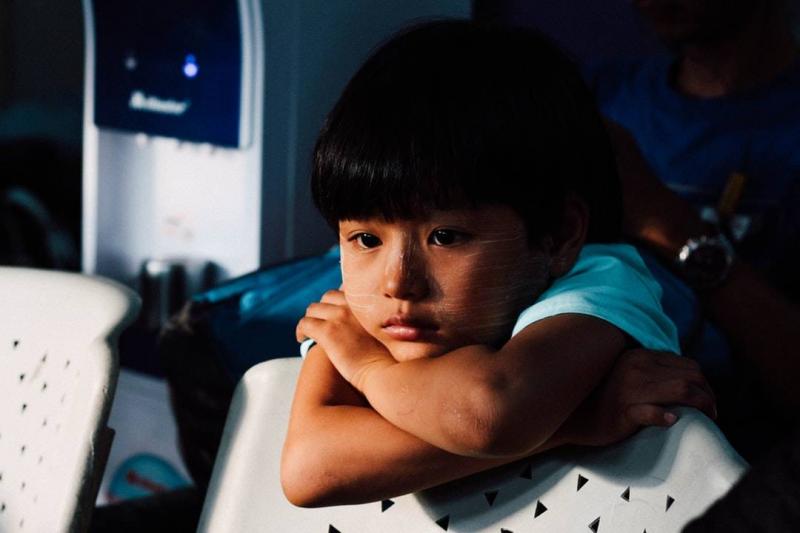
Death is a hard topic for anyone to grasp. Even if adults fundamentally understand what it means, the process of losing a loved one often doesn’t get easier with time or experience. That’s why it is so important to teach it to kids. They have less knowledge and understanding of the world, which can make death or surrounding ideas like cremation strange or confusing.
Parents can head off some of the stress caused by a loved one’s death by starting to talk to their kids about what happens when a loved one dies. Explaining the process of handling a body before its final rest can provide clarity and comfort for children. It isn’t an easy thing to do, and parents may struggle with it more than once. But taking that time, and these tips, is a good way to help children know what to expect.
Helping Children Understand Death
Helping children to process their grief or understand a concept like cremation starts with a basic grasp of what death means. Very young children often have no idea what it means to die. Older children and even teenagers might have questions or worries about what it means to be dead or when other people die. This is a high time for scary stories about people returning from the dead. Parents can be a source of stress relief and support for children. They just need to find ways to explain the concept of death.
Young Children
Parents may want to start out by accepting that very young children probably won’t understand death. These are the kids who need to have parents look under the bed or in the closet for monsters. A simple explanation may not be enough. Parents can start by saying that when a person dies, their bodies no longer live, breathe or move. This may be a way to start a discussion about what happens to bodies when people die. Parents can explain that some people choose to be buried, while others prefer to be cremated. This may be the extent of the conversation the parents can have with little kids. They’ll need to revisit it over and over again and answer questions when they come up.
Belief Systems
Of course, the way that people view death and the concept of the afterlife depends heavily on their belief systems. Some people believe that death is only one stage of a journey that extends into eternity. Others believe that their time on earth is the only time they have. Obviously, parents will express these beliefs to their children in very different ways.
It helps if parents have taken the opportunity to foster a belief system with their kids before trying to explain death. This makes it easier for parents to point to stories they have already told their children. But parents should keep in mind that their children may not necessarily see it precisely the way they do. Allowing them the space to process the information and draw conclusions from it will minimize kids’ stress.
Minimizing Conflicts Concerning Memorial Planning
For children with strongly-held beliefs, memorial planning can be a source of conflict in some cases. For example, religions that used to forbid the practice of cremation may have an effect on kids raised with those beliefs. Even if a particular sect changes its policies, it is hard for people to change their minds. Kids can often be as stubborn as adults in persisting for the arguments they find most important.
1. Keep Discussions Age-Appropriate
One of the best ways that parents can avoid turning a sensitive topic into stress is to pay close attention to their children while they are talking. Kids will often show signs that they are uncomfortable, bored or scared by a discussion. Parents who pay attention to this can:
- Change their tone
- Pause for a moment to ask questions
- Resume the conversation at another time
The trick is to find the right balance of information in a format that kids can understand. This means that what parents have to say to teenagers will be very different from what they tell preschoolers. Keeping the language as simple as possible and taking breaks will make it easier for parents to see how their kids are doing.
2. Choose a Non-Stressful Time
Many families do not get the benefit of advance notice before a loved one dies. Sometimes, it’s just not possible to explain something to a child before it’s necessary. However, for parents who can, tackling these topics early can help to minimize the stress level. People don’t need to wait forever to begin to bring things up like death or cremation. They should just find a good time and start simply. For example, a child who finds a dead animal in the park could be a good starting point to discuss death. Similarly, seeing a cremation urn in a family member or friend’s house could spark a discussion that fosters understanding.
3. Start with the Basics
Ultimately, parents should start with the basic facts. Dancing around the subject or relying on euphemisms may have the opposite effect of what parents are going for. It’s relatively easy to say that when people are cremated, their bodies are heated until all that is left is pieces of bone. That may be all that young children need to know.
Adding onto the discussion is a matter of age and a child’s temperament. Some children may be eager to learn more about the process or why people would choose cremation. Others may be disturbed or frightened by the topic and want to keep things as simple as possible. Parents should honor their kids wishes whenever they can.
4. Use Analogies Sparingly
When people talk about death, it’s tempting to bring out analogies and metaphors. These can be comforting to adults or help to lighten the mood. For very young children, they can create confusion or misunderstanding. If parents choose to use metaphors like flying away or turning into a butterfly, they should take care to ensure their kids get the gist of it.
Sometimes a lack of context can have surprising effects. No one wants their kids to think that the remains of their deceased loved ones could become animate. It’s impossible to consider all the ways that an analogy could be misunderstood. Still, thinking about this in advance can help to reduce awkwardness during the conversation.
5. Take Time to Answer Questions
Anyone who is familiar with young children knows that they love to ask questions. They do it all day. Older kids and teenagers may not ask as many. However, they still want to know more. They will ask questions in an environment where they feel respected and encouraged.
Throughout the conversation, parents should ask their kids about questions that they may have. Some kids feel put on the spot, and won’t ask right away. These children might come back later to get more information. If parents indicate that they are open to further discussion, their kids will feel more comfortable sharing opinions and getting more details.
6. Don’t Discourage Curiosity
Parents probably already know that kids have a habit of finding things that mom and dad are particularly nervous or self-conscious about. Children use all their senses to get a better understanding of the vibe of a discussion. If they can tell that their parents are uncomfortable or stressed about the topic, they may avoid responding with questions or interest.
Above all, parents should avoid discouraging their children’s curiosity about cremation. It is an interesting subject. Kids who don’t have much exposure to it may want to know more. They may want to see where ashes are scattered, or look inside an urn to see or even feel the remains. This can help them form a more concrete understanding. While parents can set boundaries based on their own comfort and personal beliefs, they should keep their kids’ needs at the top of their goals.
7. Plan for Multiple Conversations
In decades past, many parents looked at topics like death as something that they would cover in a single big discussion. The conversation would be parent-centered and more of a lecture than a dialogue. If parents have learned anything, it’s that this approach generally doesn’t work. Kids need to hear about important things several times before they really understand it. In some cases, it may take years of regular talking as they explore different concepts. Parents will have an easier time if they accept that this is a likely scenario. That way, they’re not worried about messing up their one chance to help their children grasp something tough.
Involving Children in Memorials
One of the best ways to show children that their grief is important is to involve them in a memorial or funeral. Since everybody approaches this in different ways, it may be difficult to standardize it in a fashion that applies to everyone. But memorials are meant to be unique. They are intended to represent all the best of the person who died, and the love of those left behind. This includes children who knew and loved them. Allowing kids to participate in memorializing a loved one will make space for their grief. It also shows that they fill an important role in the family.
Identifying Different Types of Memorials
Kids may not realize that there are many ways to memorialize someone. Many of them include a special event that families and loved ones participate in. Others choose a quieter affair, with just one or two people. Parents should start with the type of memorial that they are most likely to see in their families. For example, if several older family members have had their ashes scattered in a beautiful place, parents may want to explain what scattering is and how it works. Similarly, if the family tradition is to keep the ashes in a lovely urn held by the next of kin, parents can begin there.
Children may need their own way to memorialize a loved one. Parents who lose a child often buy a memento that their surviving children can keep as a reminder. This might be a stuffed animal or a photo album, particularly for young children. Kids may be interested in keeping a portion of their loved one’s ashes. Keepsake urns, especially those that are meant to be touched or held, can be an ideal way for children to create their own memorial.
Child-Centered Memorial Planning
When families lose a loved one, they often start by looking at what the person wanted in a memorial. This can vary significantly from one person to the next. And while it is very important to honor a person’s wishes for their final rest, it’s also important to respect the grief of everyone who will attend.
It can be difficult to involve toddlers or preschoolers in planning a memorial. But asking children or teenagers to have a part in the event is something that most families can easily accommodate. Kids don’t need to be given a complicated speech or expected to prepare a bunch of food for the reception. Asking them to hand out programs or to select a song when one hasn’t been chosen are great ideas. This gives children a reason to engage without overlooking their own experiences.
Ways to Help Children Process Grief
Going through the grief process is difficult for anybody. Middle-aged adults who have lost grandparents, other relatives and friends may still be hit hard by the experience. It’s best for kids to understand that their feelings are normal, even if they seem unusual or strange. And it’s ideal if they get that information from their parents. Taking time to help children process their grief will set a good example for ways they can deal with it later in their lives.
- Anger
- Crying
- Fighting with siblings
- Disagreements
Just like adults, children go through grief in ways that can shape their behavior. They may not be able to control themselves as well as they would at other times. Parents should acknowledge this, and avoid punishing them too heavily for misbehavior related to the death of a loved one. Kids still need discipline. But they also need to know that they won’t be punished for their grief.
Offer Help When Needed
Grief is normal. Many people experience grief at a level that makes it difficult for them to follow their daily routines for a while. Some people don’t, and that includes kids. Others find that they are simply unable to find a new normal. They may struggle with a sadness so deep that they lose the ability to live.
While these reactions can be perfectly normal responses to grief, that doesn’t mean people don’t need help. Anyone, adult or child, who is desperately sad over the loss of a loved one may need additional support. Parents should offer assistance to their children as much as they can. This might come in the form of extra time to talk, appointments with a therapist or grief support group, and even medication when necessary.
Share Grief Experiences with Others
Adults often believe that it is very important for them to share their grief over a lost loved one with others. In fact, the same is also true for kids. Parents sometimes decide not to involve their kids in a memorial, thinking that it will be too sad or stressful for them. But even young children need a chance to say goodbye and to share sadness with other grieving friends and family members.
Parents can show kids the grieving process by involving them in it. This means that they should allow their children to see them feeling sad or upset about a loved one. Kids will learn from this that grief is a normal part of life, and that their feelings are valid. Allowing them the space they need to reconcile the loss can make their grief easier to bear.
Life is shorter than death. Many people will know the grief of losing a loved one too many times to count before they themselves take a final rest. The experience is always a little different, and children may deal with it differently than their parents expect. Like grief, love is what’s needed here. Kids must learn what to expect from death, cremation, burial and other difficult subjects. Starting with love will help parents figure out where to go next. They may take comfort from letting their love guide them in answering these questions. What do kids need to know in order to understand death? And how much better will they live knowing that their grief is seen, understood, felt by the ones they love around them?
